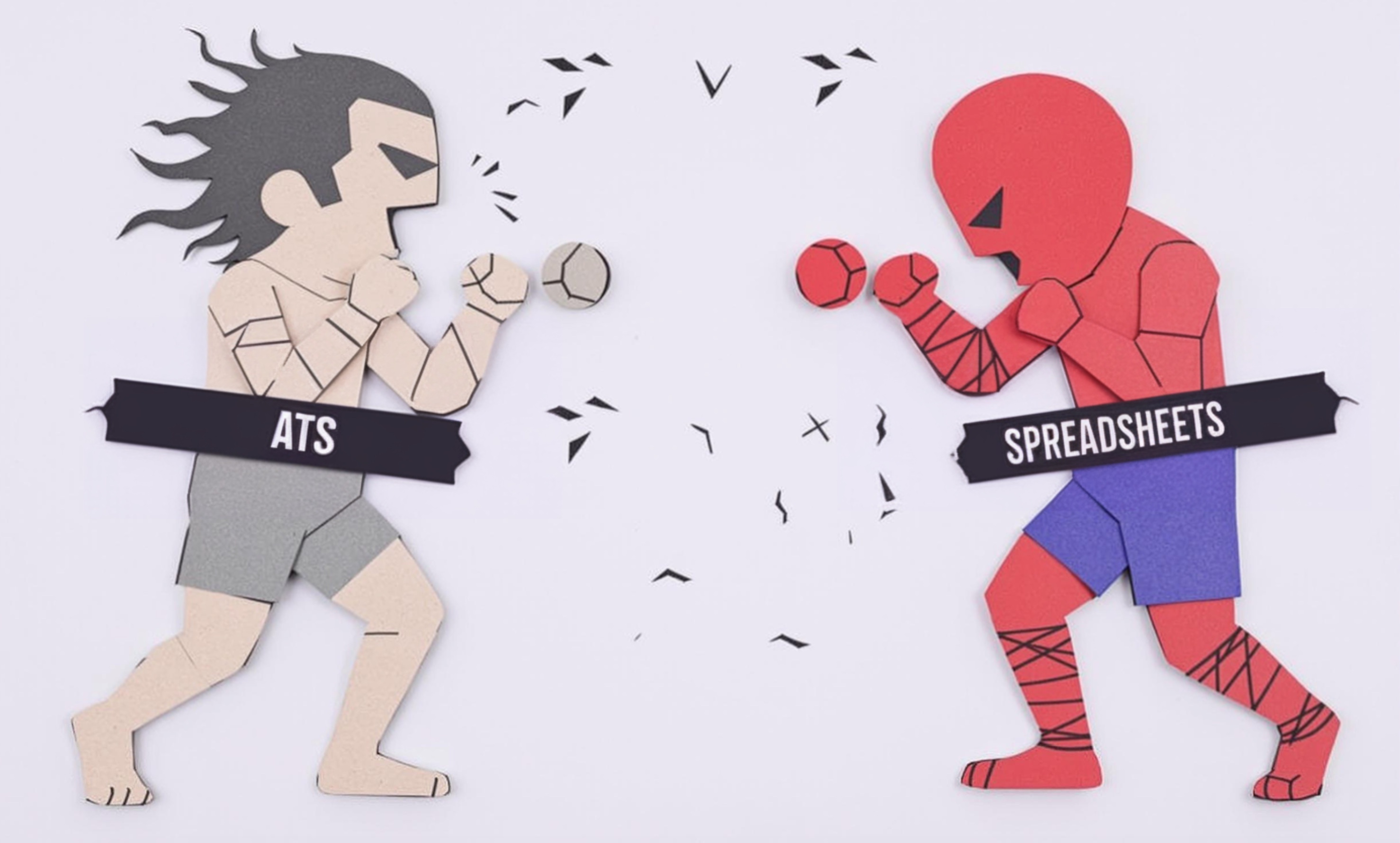
R Statistics
R Statistics (often just called "R") is a widely-used tool for analyzing data and creating visual charts and graphs. Think of it as a specialized calculator that researchers and data analysts use to make sense of large amounts of information. Similar to how Excel handles numbers but much more powerful, R helps professionals discover patterns in data and create detailed reports. It's particularly popular in research institutions, universities, and companies that work with data analysis. Other similar tools include Python and SAS. When you see "R" mentioned in a resume, it usually means the candidate can work with data to solve real-world problems and create meaningful insights.
Examples in Resumes
Analyzed patient outcome data using R Statistics and R to identify treatment effectiveness
Created visualization dashboards with R to present research findings to stakeholders
Used R Statistics to process and analyze large environmental datasets
Typical job title: "R Data Analysts"
Also try searching for:
Where to Find R Data Analysts
Online Communities
Job Boards
Professional Networks
Example Interview Questions
Senior Level Questions
Q: How would you explain your data analysis process using R to non-technical stakeholders?
Expected Answer: Look for answers that show they can communicate complex analyses in simple terms, describe their methodology clearly, and explain how their findings impact business decisions.
Q: Can you describe a challenging data analysis project you completed using R?
Expected Answer: Senior analysts should describe managing complex projects, solving difficult problems, and delivering actionable insights that led to meaningful outcomes.
Mid Level Questions
Q: How do you ensure the quality of your data analysis in R?
Expected Answer: Should discuss data cleaning methods, checking for errors, validating results, and documenting their analysis process.
Q: What types of visualizations do you commonly create with R?
Expected Answer: Should be able to explain different types of charts and graphs they create, and why they choose specific visualizations for different types of data.
Junior Level Questions
Q: What basic statistical analyses can you perform using R?
Expected Answer: Should be able to describe basic calculations like averages, trends, and simple statistical tests, showing understanding of fundamental data analysis concepts.
Q: How do you import and clean data in R?
Expected Answer: Should demonstrate knowledge of importing different file types and basic data cleaning steps like handling missing values and checking data quality.
Experience Level Indicators
Junior (0-2 years)
- Basic data analysis and statistics
- Creating simple charts and graphs
- Data importing and cleaning
- Basic report writing
Mid (2-5 years)
- Advanced statistical analysis
- Complex data visualization
- Project management
- Automated reporting
Senior (5+ years)
- Leading research projects
- Advanced statistical modeling
- Training and mentoring
- Research methodology design
Red Flags to Watch For
- No experience with basic statistical concepts
- Unable to explain analysis methods to non-technical audience
- Lack of experience with real-world data analysis
- No knowledge of data visualization principles
Related Terms
Need more hiring wisdom? Check these out...

The Cryptic Secrets of Data-Driven HR: Metrics that Actually Matter (and Some That Might Make You Laugh)

What Is Predictive Analytics in Recruitment and How Can It Help?

Automated Scorecards in ATS Systems: Your Secret Weapon for Smarter Hiring Decisions

